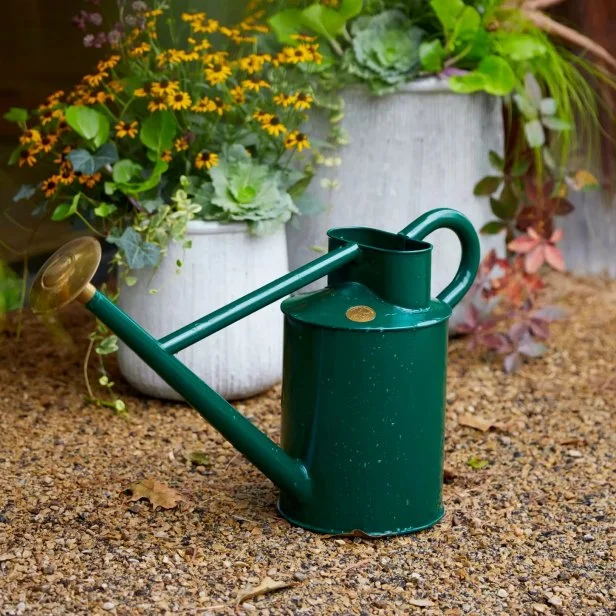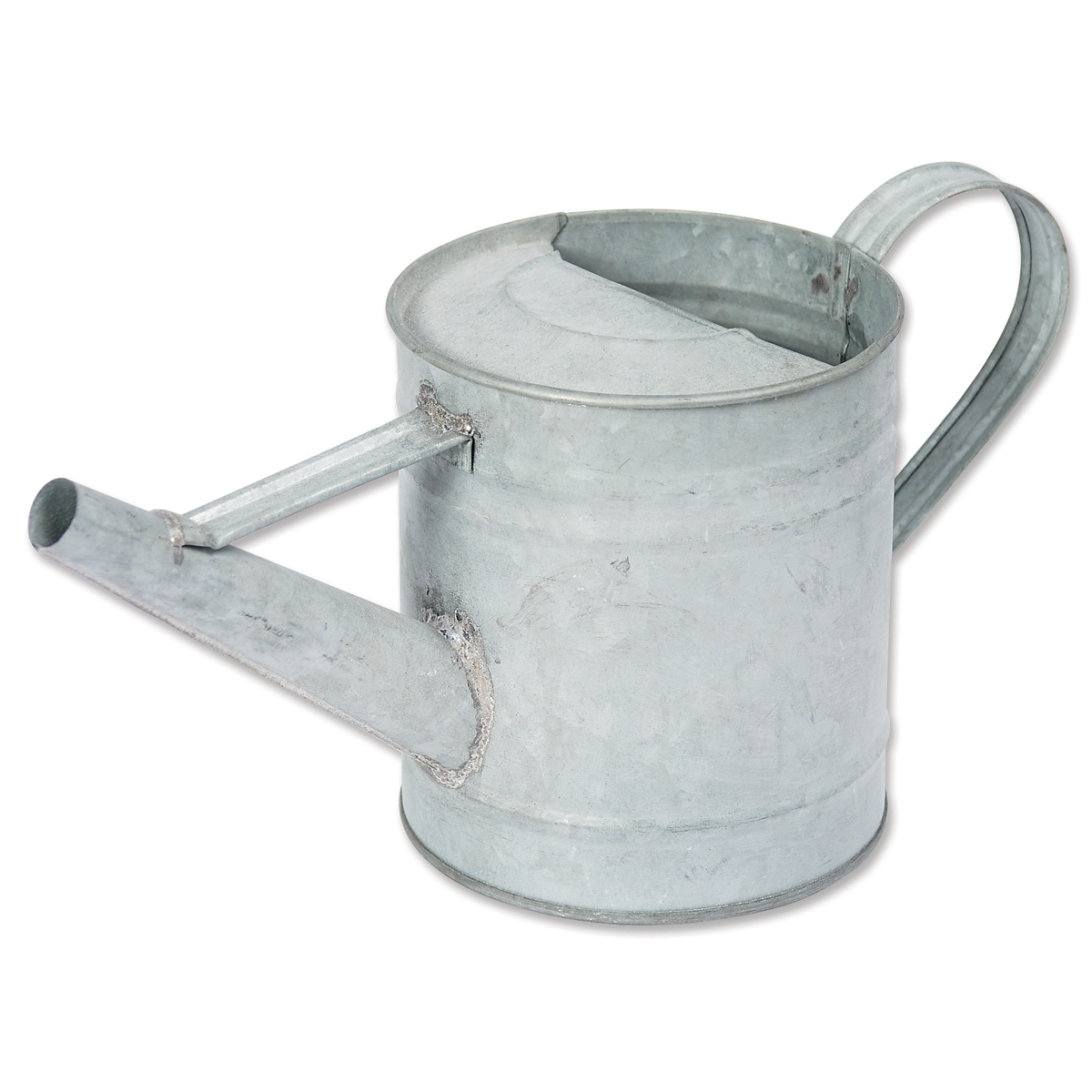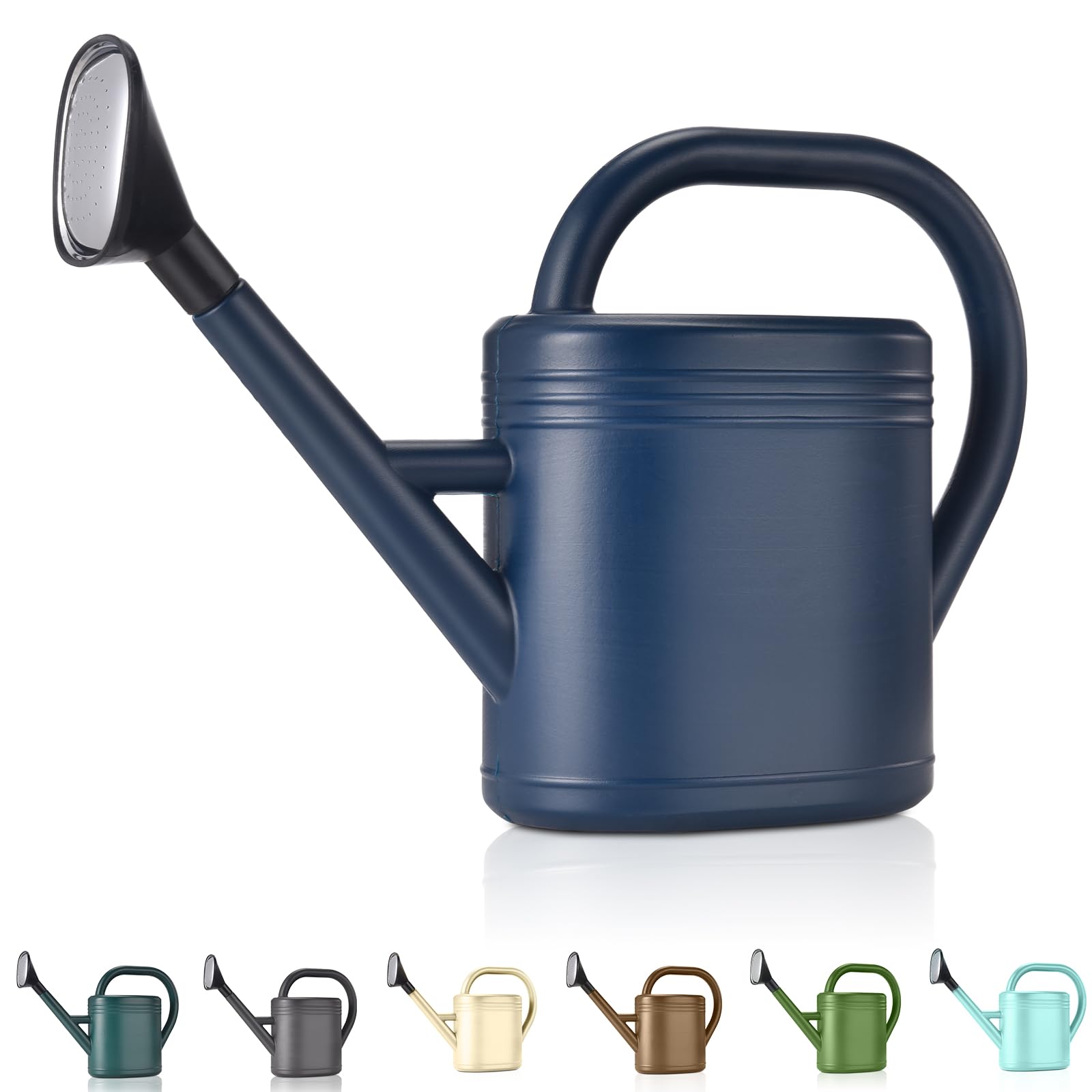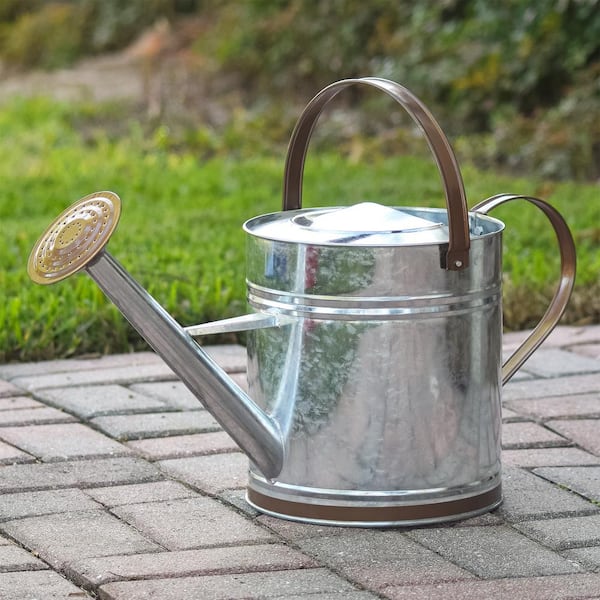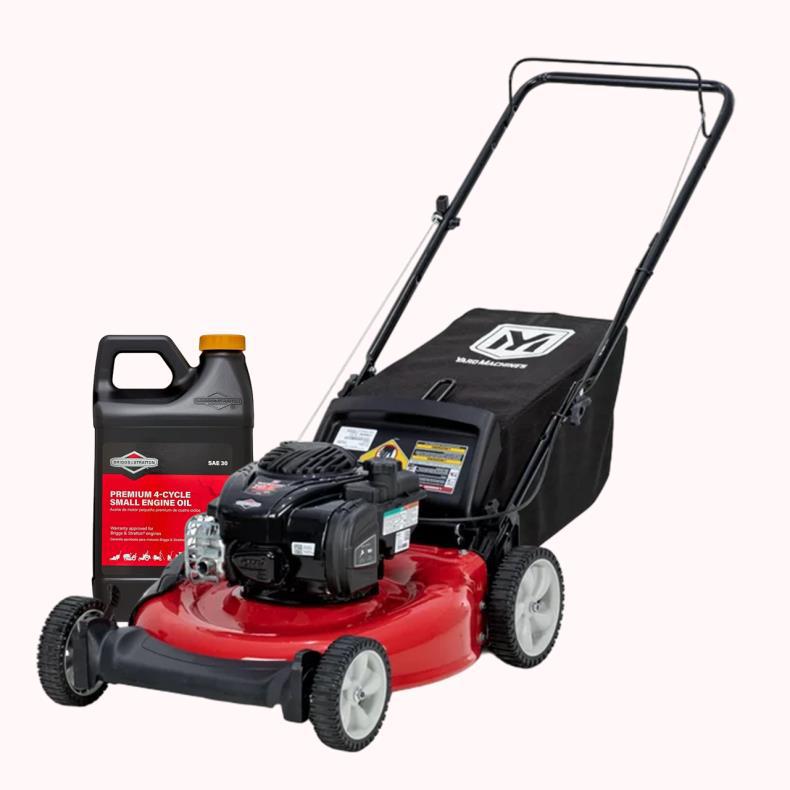The Vintage Watering Can: A Nostalgic Garden Essential

The History of Watering Cans
The history of the vintage watering can is as rich as the gardens it nurtures. Originating centuries ago, these cans began as simple vessels. Crafted from metals like copper, brass, and galvanized steel, they have evolved over time. Their primary purpose was to provide a controlled stream of water for plants. In the 17th century, watering cans featured a single spout. By the 19th century, designs had improved. They now included the rose spout. This invention allowed for gentler watering of seedlings.
In the Victorian era, the vintage watering can became a sign of status. Ornate designs with intricate details were a show of wealth. These cans were not just tools but also garden ornaments. As time passed, the vintage watering can became popular for its practicality and charm. Today, these cans are treasures from the past. They remind us of the evolution of gardening. Each can carries stories of bygone days and traditional gardening techniques.
Types of Vintage Watering Cans
Vintage watering cans come in diverse forms and materials. Each type has distinctive features and unique charm. Gardeners and collectors value various styles for their aesthetic and functional qualities. Here’s a look at some common types found within the vintage watering can collection.
Copper Watering Cans
Copper cans shine with a warm hue. Over time, they develop a patina, adding to their vintage appeal. Lightweight yet durable, these are a popular choice among garden enthusiasts.
Brass Watering Cans
These cans boast a golden tone that can add a touch of elegance to any garden. Brass cans are known for their sturdy build. They often feature intricate designs and embellishments.
Galvanized Steel Watering Cans
Galvanized steel watering cans are loved for their rustic look. These cans have a protective zinc coating. This helps prevent rust, making them a practical option for long-term outdoor use.
Ceramic Watering Cans
Less common but highly decorative, ceramic cans provide a distinct charm. While not as durable as metal ones, they stand out because of their ornate patterns and colors.
Painted Watering Cans
Vintage watering cans sometimes feature painted exteriors. Each presents unique artwork, depicting anything from floral patterns to landscape scenes.
The variety of vintage watering cans adds beauty and functionality to any garden setting. Their enduring materials and timeless designs make them a favorite among gardeners and collectors alike.
The Charm of Vintage Watering Cans in Garden Decor
The allure of vintage watering cans extends far beyond practical watering. Their distinctive designs and timeworn patina offer a romantic garden aesthetic that modern pieces can’t replicate. Here are ways these antique beauties enhance garden spaces:
- Timeless Elegance: A vintage watering can, with its classic lines and shapes, exudes a timeless elegance that complements any garden. Its presence can instantly elevate the visual interest of your outdoor sanctuary.
- Rustic Charm: Especially the galvanized steel varieties, vintage watering cans bring a rustic vibe. They resonate well with country gardens or farmhouse-style landscapes.
- Narrators of History: Positioned amidst flowers and greenery, these cans serve as conversational pieces. They inspire stories about past gardening traditions and the evolution of garden tools.
- Versatile Display Options: Whether filled with fresh flowers or simply displayed on a garden bench, vintage watering cans are versatile. They blend seamlessly into diverse decor styles.
Embedding a vintage watering can within your garden decor is a nod to history. It reflects an appreciation for the durability and design of bygone eras. In a world where quick and disposable is often the norm, a vintage watering can stands as a symbol of craftsmanship and sustainability. Next, we will delve into identifying authentic pieces, ensuring your garden is graced with genuine history.
How to Identify Authentic Vintage Watering Cans
Identifying authentic vintage watering cans can be quite the treasure hunt. For enthusiasts and collectors, ensuring the authenticity of a vintage watering can is vital. Here’s a simple guide to help you discern the real deal from a reproduction.
- Check for Maker’s Marks: Genuine vintage watering cans may have a stamp or mark from the maker. This could be on the bottom or the handle. Look for marks that indicate the manufacturer, the country of origin, or the year of production.
- Examine the Patina: Authentic vintage pieces often have a natural patina that develops over time. If a can appears too shiny or new, it might not be genuinely vintage. However, some may have been well-maintained or restored, so consider other aspects too.
- Inspect for Wear and Tear: True vintage items will show signs of use. Look for areas of wear, especially where the can would typically be handled. Dents and scratches can also be indicators of age.
- Assess the Material: Older cans were made from specific materials like copper, brass, and galvanized steel. Be wary of lightweight plastics or modern metals that might suggest a newer make.
- Consider the Design: Study the design elements. Older watering cans might have simpler, more functional forms. Highly decorative or intricate designs could point to certain historical periods.
Understanding these characteristics can help ensure that your vintage watering can is not just an attractive addition to your garden, but also a piece of history. When in doubt, consult with experts or visit antique shops for a second opinion.
Care and Maintenance for Vintage Watering Cans
Taking care of vintage watering cans is key to preserving their beauty and functionality. Here are essential care and maintenance tips to keep these classics in prime condition:
- Clean Regularly: Gently clean your can with warm soapy water. Avoid harsh chemicals that can damage the metal.
- Dry Properly: After washing, dry the can thoroughly. Water residue can lead to rust, especially in metal cans.
- Polish with Care: If you have a copper or brass can, polish it carefully with a suitable cleaner. This will maintain its shine but preserve the patina.
- Inspect for Leaks: Check for holes or rust that could cause leaks. A vintage watering can that can’t hold water loses practical value.
- Store Correctly: Keep your watering can in a dry, sheltered place. Extreme temperatures and moisture can harm it.
- Handle with Love: Treat your vintage watering can gently. Avoid dropping it or using it to carry heavy loads.
By following these steps, you ensure your vintage watering can remains a valuable and enchanting part of your garden decor.
Creative Uses for Vintage Watering Cans Beyond Watering Plants
Vintage watering cans are not just for watering plants. They can serve many creative purposes. Here are innovative ways to use them:
- As Planters: Fill them with soil and use them to pot small plants or herbs. The cans make unique and eye-catching planters.
- For Garden Art: Arrange them as art pieces in your garden. They can add a whimsical touch or serve as focal points.
- As Vases: Use them to hold fresh or dried flowers. They make a charming alternative to traditional vases.
- In Outdoor Lighting: Fit them with strings of lights for a rustic, glowing garden feature at night.
- For Organizing Tools: Place them in your garden shed to organize and store gardening tools.
- As Bird Feeders: Transform them into bird feeders by adding birdseed. Hang them up or place them around the garden.
- For Table Settings: Use them as centerpieces for garden parties. They can hold utensils, napkins, or be decorative.
These are just a few ideas. Vintage watering cans are versatile in style and function. They blend charm with utility, making them perfect for creative uses beyond watering. Try these suggestions to add a vintage touch to your space.
Where to Find Vintage Watering Cans
Uncovering a vintage watering can is much like a treasure hunt with its own joys and challenges. For those eager to add to their collection or gardens, here’s a roadmap to finding these gems:
- Flea Markets and Antique Shops:
Scour your local flea markets and antique shops. They often harbor a plethora of vintage items, including watering cans with character.
- Online Auction Sites:
Websites like eBay offer a wide range of vintage pieces from sellers worldwide. You can filter your search to find exactly what you’re looking for.
- Estate Sales:
Keep an eye out for estate sales in your area. They can be a goldmine for untouched vintage treasures.
- Garden Sales and Fairs:
Garden sales and fairs might have vendors selling vintage garden tools. It’s a good place to find a rare piece.
- Specialty Online Stores:
There are online retailers that specialize in vintage garden ware. They might have a curated collection of watering cans.
- Social Media Marketplaces:
Platforms like Facebook Marketplace and Instagram can connect you with local sellers or niche vintage shops.
Finding a vintage watering can takes patience and persistence. However, once you’ve located one, it often becomes a centerpiece of your garden decor. Remember, condition matters if you plan to use it practically. Otherwise, even a can with a little wear can add considerable charm to your collection or garden.
Preserving Vintage Watering Cans for Future Generations
Ensuring the longevity of vintage watering cans is about more than maintaining a piece of garden decor. It’s about conserving a slice of history for future generations to appreciate. Here’s how you can preserve these valuable items:
- Avoid Harsh Treatments: Clean your vintage cans with gentle products. Stay away from abrasive cleaners that can damage their surface.
- Regular Inspection: Periodically check for signs of damage or corrosion. Early detection can prevent further deterioration.
- Proper Storage: Store your watering cans in a dry place with stable temperature. This prevents rust and material degradation.
- Minimal Use: If you want to preserve your can for display, use it sparingly. Frequent use can lead to wear and tear.
- Educate Others: Share the history and care techniques with others. Teaching younger gardeners can help pass on the legacy.
- Document History: Keep a record of the can’s history, if known. Note any maker’s marks, designs, or stories associated with it.
By taking these steps, you ensure that your cherished vintage watering can will be admired for many years to come. Treat these antique treasures with respect and they will continue to tell their stories long into the future.







